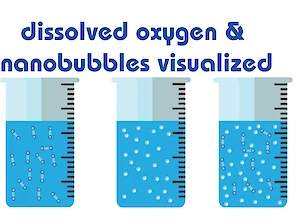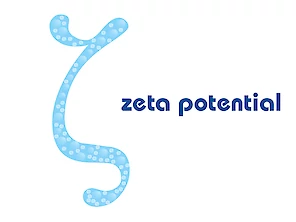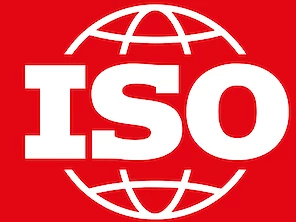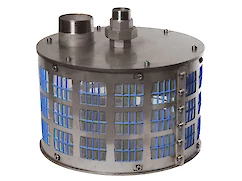Published: Friday, 27 January 2023
Modified: Wednesday, 26 July 2023
Oxygen-nanobubbles drinking water enhances immunity and growth performance in chickens
Benefits of oxygenated nanobubble water in poultry industry

Water is the most abundant food necessity. Providing quality drinking water in poultry farming is one of the necessities of poultry nutrition. Preparing good food rations, without providing water in the right quantity and quality, will cause problems in the growth and production of birds. There is no proof that drinking too much water is harmful to the physiology of the bird, and usually the birds drink as much water as they need.
The general criteria for the quality of drinking water for poultry are different from other livestock, because poultry are more sensitive to the quality of water consumed and poisoning is caused by too many substances in water and the complications of electrolyte imbalance.
In addition to estimating the amount of water needed by the bird, the quality of drinking water should also be considered. Poultry drinking water should be free from contamination. The presence of any type of bacterial, viral, protozoal and fungal agents in water will cause major problems in the poultry industry.
Usually, farm owners disinfect poultry drinking water by applying chemical disinfectant solutions such as chlorine. Administration of chemicals such as chlorine as a water disinfectant causes negative impacts on animal health, including chickens. On the other hand, antimicrobial drugs are widely used as feed additives to drinking water to improve growth rates and to prevent disease in the poultry industry. However, adding high doses of antibiotics causes drug resistance against bacteria and resistant genes transfer to humans through the food chain. Therefore, administration of safe alternatives such as biostimulants, probiotics and preparation of fresh and high quality water has particular importance for the health of chicken.
Oxygenated water against infectious agents in Chickens

Bacteria are small organisms, and we can’t see them with naked eye. Bacteria are present all over the world and playing major role in their environment. Some species of bacteria are pathogenic and can survive under very extreme condition. Birds contain number of bacteria in their bodies which may give harm or advantage to the body. Bacterial diseases are effecting birds badly and becoming major reason of loss.
One of the most pathogenic bacteria in birds is called Salmonella. The signs of Salmonella infection are anemia, leukocytosis, hepatosplenomegaly, intestinal hemorrhage and high mortality rate among birds.
Unfortunately, indiscriminate use of antibiotics in the poultry industry has led to the resistance of some strains of this bacteria, and these resistant strains are transmitted to humans by carcasses or other different ways. According to published researches, out of 25 Salmonella species, 21 species showed high resistance to antibiotics, the highest resistance to antibiotics is related to ampicillin, and enrofloxacin.
In the past decade, researchers have been trying to find a suitable solution and a safe alternative to reduce bacterial agents, especially in the drinking water of animals.
oxygen- nanobubbles or dissolved oxygen (DO) in water is one of the suitable alternatives to reduce microbial infections in drinking water of animals including chickens.
Nanobubbles defined as miniature gas bubbles in liquids with less than 200 nm in diameter. Nanobubbles have long-term stability in water because of their negatively charged surface, and this feature distinguishes them from milli-bubbles.
In one of the related researches, role of oxygenated water in enhancing immune activities and reducing infectious agents in chicks has been investigated. In that research, 42 chicks were divided into two groups and the first group (21 chickens) was given normal water and the second group was received oxygenated water. All chicks were kept in separate air-controlled rooms and allowed free access complete antibiotic-free feed and their particular drinking water. After two weeks of experiment, all chicks were challenged by oral optimal experimental dose of Salmonella gallinarum. The clinical signs including drowsiness, respiratory distress. Emaciation and white creamy diarrhea were screened and scored in each group. The obtained results significantly showed the positive effects of oxygenated water against the symptoms of administrated infection in chicks.
On the other hand, post-mortem findings showed that, the oxygenated water-drinking group had less severe petechial hemorrhages and necrotic foci in liver compared with the tap water-drinking group.
Oxygenated water on growth rates of chickens
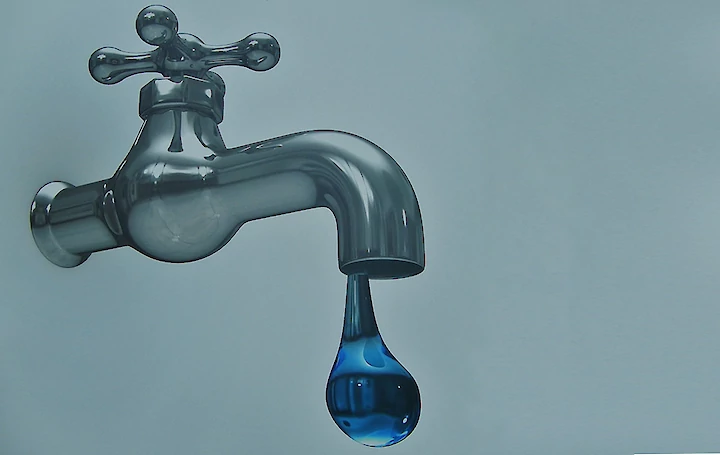
The ambient air is composed of about 78% nitrogen and 21% oxygen. Body cells make different proteins by combining oxygen, nitrogen and hydrogen and use them to supply their energy. Despite of air, Oxygen concentration in water is limited due to its solubility. Normal tap water contains about 5–7 mg/l dissolved oxygen, and fresh fountain water contains approximately 10–12 mg/l dissolved oxygen. Oxygenation of tap water can increase the concentration of dissolved oxygen from 30 up to 120mg/l, 6 to 10 times more than non-oxygenated tap water.
Several clinical scientific reports showed that drinking oxygenated water improves oxygen availability, which improve immune functions, acts as therapeutic agent against a variety of diseases, and effects on growth rates of chickens.
In farms where a large number of chickens are raised with relatively inadequate ventilation conditions and in hot seasons of the year when the oxygen level of air and water decreases, the metabolism is reduced which causes weight loss in the chickens. In this case, the chickens need a sufficient source of oxygen so that the physiological functions of their bodies are performed correctly and they continue to grow ideally.
In birds, blood oxygen level is considered an essential factor compared to house oxygen levels. Increases in air gases such as ammonia & carbon dioxide reduce the oxygen carrying capacity of hemoglobin in the blood, which results in the following problems:
- Hypoxia
- Reduced Hatchability
- Water and weight loss in hatching embryos
- Reduced fetal growth
- Reduced growth
- High incidence of Ascites
The best, cheapest, simplest and safest way for chickens to get enough oxygen is to provide oxygenated water for them.
Acniti offers best oxygen- nanobubbles instruments to produce sufficient oxygenated water in chicken farms.
According to a scientific article, broiler chicken supplied with oxygenated water weighted about 160 gr more that birds which were received tap water. Probably, the reason is that high oxygen concentrations lead to an enhanced rate of oxygen absorption by the body, resulting in increased glycolysis and mitochondrial protein synthesis.
Oxygenated water not only causes growth and weight gain in broilers, but also increases body resistance and health of chickens, which is important in the poultry industry.
Conclusion oxygenated nanobubble water
- The use of chemicals and antibiotics to disinfect the drinking water of birds has caused drug resistance and potential harm to humans.
- Oxygenated nanobubble water is one of the safe and cheapest options to reduce infectious agents in the poultry industry
- Oxygenated nanobubble water reduces stress in chickens
- Oxygenated nanobubble water makes chickens grow faster
- Water with more oxygen increases the resistance of the body and increases the immunity of chickens
- More research is needed to reveal other benefits of oxygenated water in the animals
Acniti product solution broilers and poultry

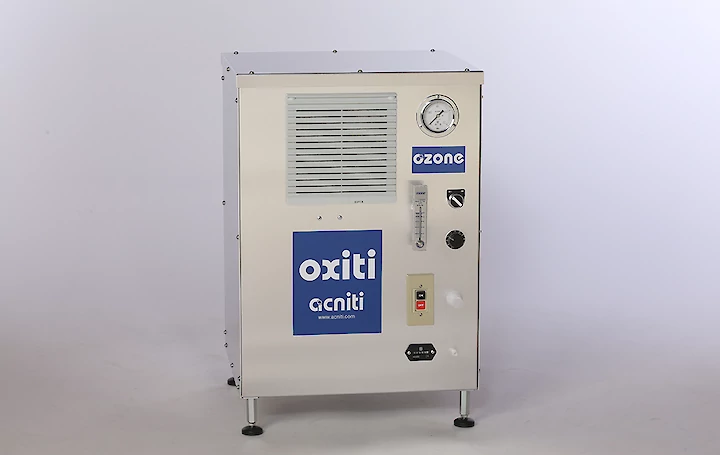
Acniti developed a multifunctional nanobubble water system for poultry farms and broilers. The system consists of an ozone oxygen concentrator. The unit can either give oxygen or can be switched to ozone. The benefit of this solution is that during the cleaning and disinfection cycle ozone nanobubbles are pumped through the water lines to disinfect them from any contaminants. During the growth stages oxygenated nanobubble water is fed to have the benefits of oxygenated nanobubble water.
The nanobubble generator is a wall mounted model and when the pump specs are sufficient the existing pump can be used. When the current pump is insufficient one opt for a free standing pump-skid this is the nanobubble generator combined with a pump. Contact us for more information to size your system.
